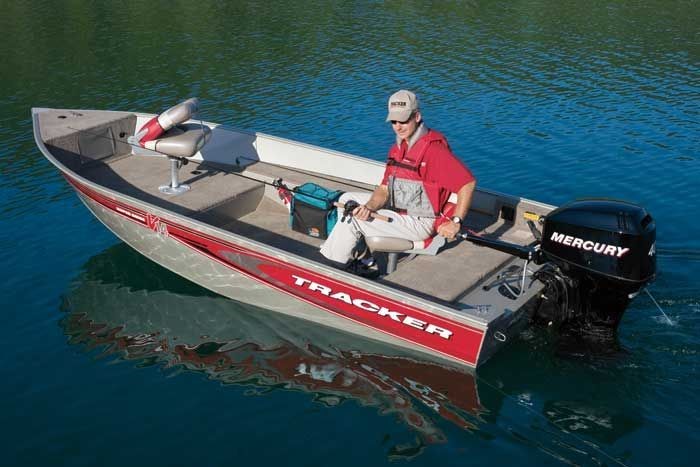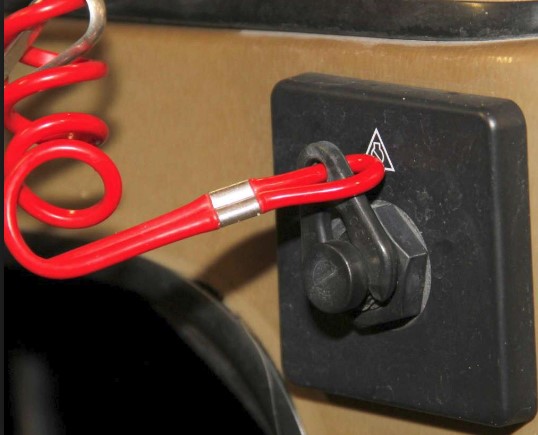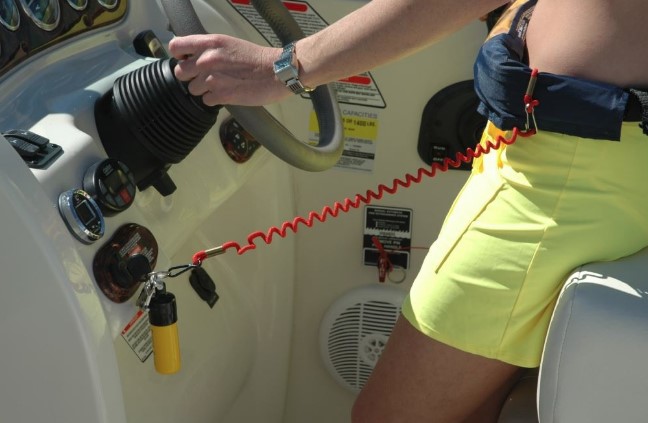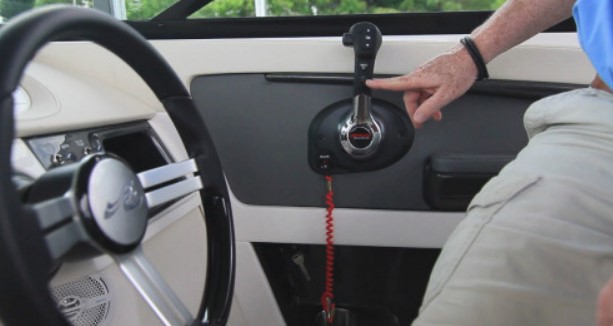Safety Lanyards...

at the helm.

The safety lanyard connects the operator to a kill switch that shuts down the engine or engines if the driver should be thrown from the helm. It’s a good safety system since its design is simplicity itself: Leave the helm – by intention or unwillingly – and the engine shuts off.
The danger of a driverless boat, most often a small fishing boat, driving itself in ever-tightening concentric circles — the “Circle of Death” — and running over its erstwhile passengers, has been a hazard since the advent of small powerboats. The safety lanyard kill switch became popular in the early 1970s. That’s when a prominent supplier to bass anglers and tournaments, an Oklahoman named Vernon Fowlkes, was killed while fishing a South Carolina tournament. Fowlkes, along with a sportswriter and a local bass fisherman, were thrown from their boat when the steering cable snapped as they headed back for the weigh-in. Fowlkes was struck by the propeller and killed, inspiring tournament organizers around the country to require the kill switch.
Unfortunately, safety lanyards can be a pain in the neck, and sometimes will go unused because of that fact. How many times have you left the helm momentarily to grab a cold drink left just out of reach, with the lanyard still attached and shut the engines down? The lanyard can be frustrating, and many boat owners simply do not wear one for this reason. The other common scenario: A boater accidentally trips the kill switch and forgets to re-attach the lanyard to reset it. The engine won’t start, no matter what you try. Embarrassing.

While safety lanyards are a good idea, lanyard setup shown here may interfere with the the helmsman using the wheel. Also, a little slack goes a long way to alleviating inadvertent shutdowns.



We have never quite understood why the makers of safety lanyards make them so short. It is one of the reasons that boaters don’t wear them more often. A simple solution is to clip two together to give the operator a little breathing room. The lanyards are intended to kill the engine if the operator is thrown overboard, not when intentionally moving from the helm.

The safety lanyard/kill switch is well worth the frustration. We highly recommend wearing one if you’re piloting a boat solo, or you’re navigating rough waters.
Lanyard location is also important: Give yourself some slack. And make sure the lanyard isn’t too close to the steering wheel. If it is, the lanyard could get caught around the wheel, or tripped accidentally while the helmsman is maneuvering in close quarters, causing the boat to lose power at a critical time and creating more danger than not wearing it.